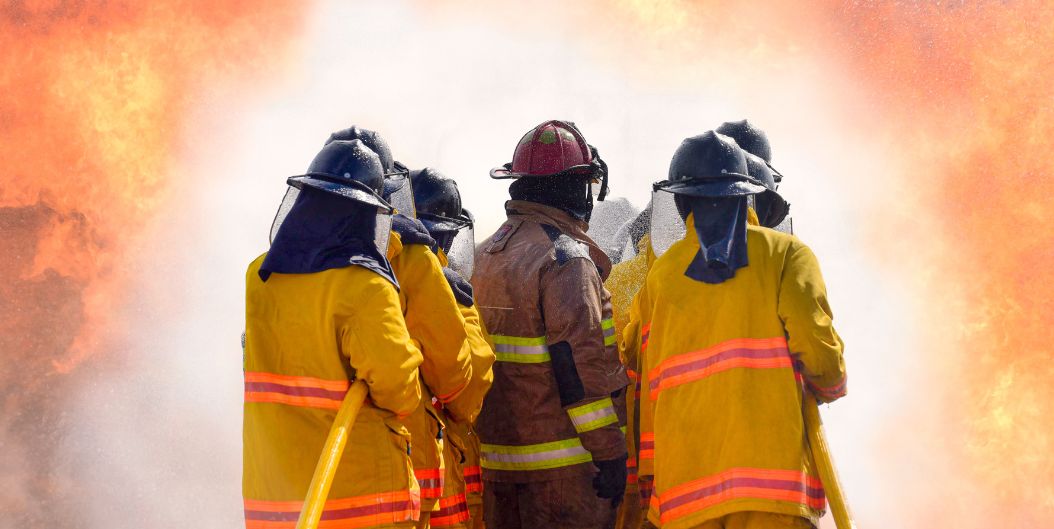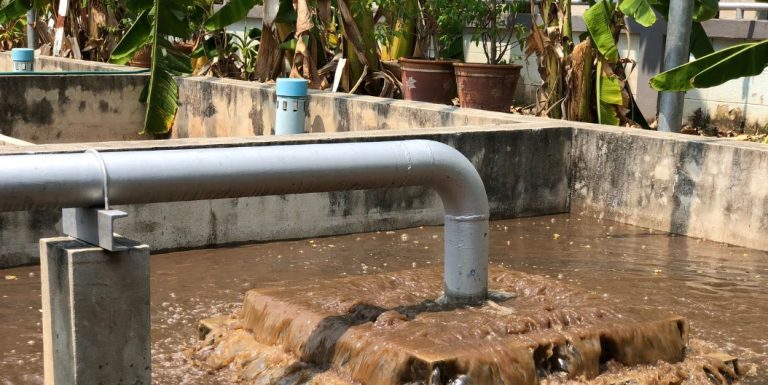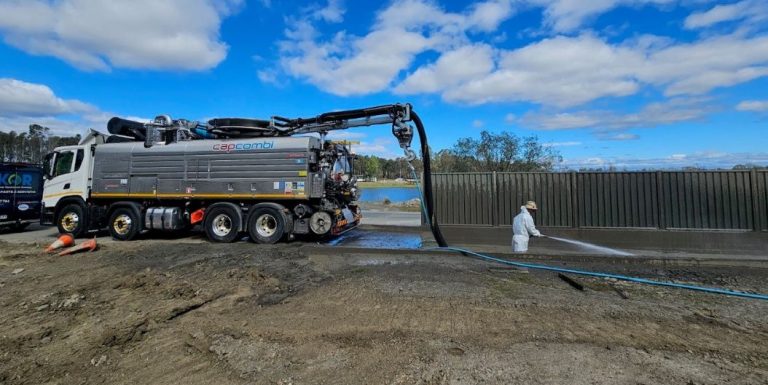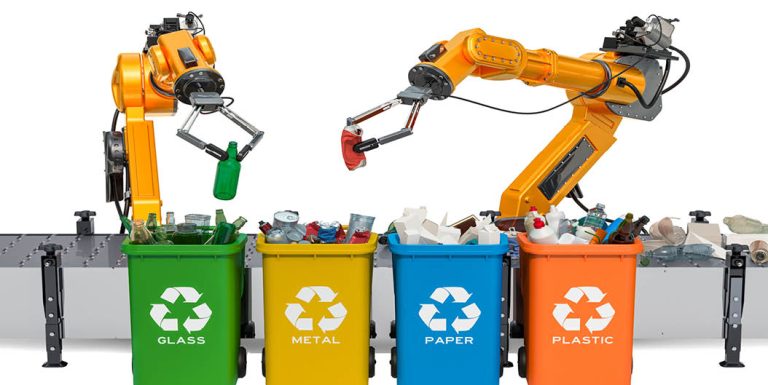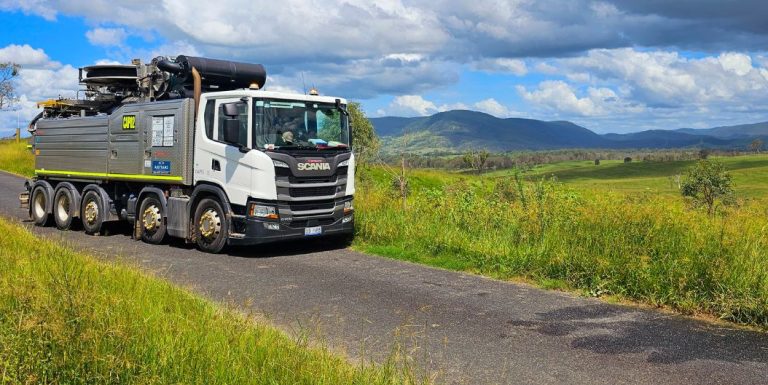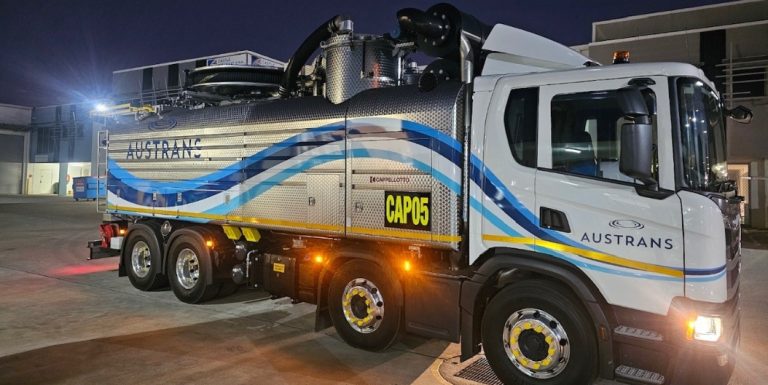What Are PFAS And How Do They Impact The Environment?
At Austrans, we’re always looking out for the environment, and constantly aware of the impact we have on it.
Safety is our top concern for both our team and the communities we serve. The environmental industry has been actively working on practical solutions to address PFAS. These solutions aim for PFAS removal from one substance and gather it in another. How familiar are you with PFAS?
What are PFAS?
Per- and polyfluoroalkyl substances, commonly referred to as PFAS, represent a family of synthetic chemicals renowned for their exceptional resistance to heat, stains, grease, and water. This remarkable versatility has led to their widespread adoption in various industrial applications, ranging from essential uses like medical devices and aviation hydraulic fluids to everyday products such as paper coatings in food packaging and cosmetics. Moreover, their unique ability to withstand high temperatures has positioned PFAS as a key component in fire-fighting foams.
The extensive use of PFAS has implications beyond their intended applications. Areas where fire-fighting training has taken place or fire suppression systems are installed often exhibit the presence of PFAS due to its common usage in these contexts. Furthermore, industrial zones and landfill sites have been identified as hotspots for elevated levels of these chemicals, emphasising the environmental persistence of PFAS and its potential impact on surrounding areas. As we continue to understand the widespread prevalence of PFAS, efforts to address and manage their presence in various settings become increasingly critical for environmental and considerations.
PFAS In Australia
Per- and polyfluoroalkyl substances (PFAS) encompass a diverse range of chemical compounds, with PFOS (perfluorooctane sulfonate) and PFOA (perfluorooctanoic acid) being the most prevalent among them. These chemicals have garnered attention due to their widespread usage in various industries, including aviation, metal plating, and photography, owing to their effective resistance against heat, stains, grease, and water.
The National Industrial Chemicals Notification and Assessment Scheme (NICNAS) in Australia has been actively monitoring the presence of PFAS. Surprisingly, it has been observed that these substances are not manufactured within Australia but are imported into the country, raising questions about the origins and regulation of PFAS usage.
Historically, PFOS and PFOA found applications in certain types of fire-fighting foam, enhancing their efficacy in smothering fires. However, in response to growing environmental and health concerns, many countries are phasing out the use of PFAS. Despite these efforts, there are still instances where fire-fighting foams containing PFAS remain in active use, reflecting the challenges in transitioning away from these chemicals in certain industries.
The ongoing use of PFAS-containing foams underscores the complexities of managing and regulating these substances, emphasising the need for comprehensive strategies to address their presence, mitigate potential environmental impact, and explore alternative solutions. As we navigate the evolving landscape of PFAS regulation, understanding their varied applications and the persistence of certain formulations becomes crucial for informed decision-making and environmental stewardship.
PFAS and the environment
There’s a reason that PFAS has been used in so many industrial applications, particularly in fire-fighting foams, and that’s because it has properties that make it incredibly useful. Unfortunately, just because it works well, doesn’t mean it’s good for the environment. The more research that’s being done, the more concern there is over the lasting damage to the environment, with many people now seeking out alternatives to PFAS that are less toxic and non-persistent. Through PFAS removal, we’re aiming for a cleaner environment.
Concerns for the environment include:
- PFAS are mobile in water and travel long distances, making them harder to contain in one area.
- They do not break down fully in the environment and will therefore remain present for a long period of time.
- They are toxic to a wide range of animals.
- PFAS compounds have been found in sites where fire-fighting foams have been used. These chemicals have since contaminated the soil, surface, and ground water, and moved into adjoining land areas.
Many countries have discontinued, or are progressively phasing out, their use. The Australian Government has worked since 2002 to reduce the use of certain PFAS.
Austrans and PFAS
The environmental industry has been working steadily on developing viable PFAS remediation solutions. Many of these solutions are designed to separate PFAS from an existing medium and concentrate it in another form.
Once concentrated options are limited, the PFAS concentrate generally needs to be removed offsite for destruction at thermal treatment facilities, which is expensive and requires high energy requirements.
Alternatively, if not taken offsite for destruction, this PFAS concentrate continues to accumulate onsite until a cost-effective destruction solution is identified, increasing liability and management requirements
Working with best industry practice partners, Austrans offers a range of PFAS treatment methods for decontaminating and destroying PFAS in water, soil, and foam including.
- Thermal treatment high temperature incineration or Oxidation
- Thermal Desorption
- PFAS Optimised Physio Chemical Water Treatment
- Chemical Immobilisation and Solidification
Austrans has the capability and know how to aid with:
- Concentrate handling
- Concentrate treatment and disposal
- PFAS impacted soils and NDD slurry removal, transport and disposal
- Contaminated soil treatment
- Groundwater treatment
- Spill response
Austrans are committed to significantly reduce potential impacts on communities and limit land managers’ PFAS related environmental liability. If you would like to understand more in relation to any PFAS impending project, or would like to consider PFAS remediation options, please do not hesitate to get in contact with us or find out more about our FDAS remediation here.

